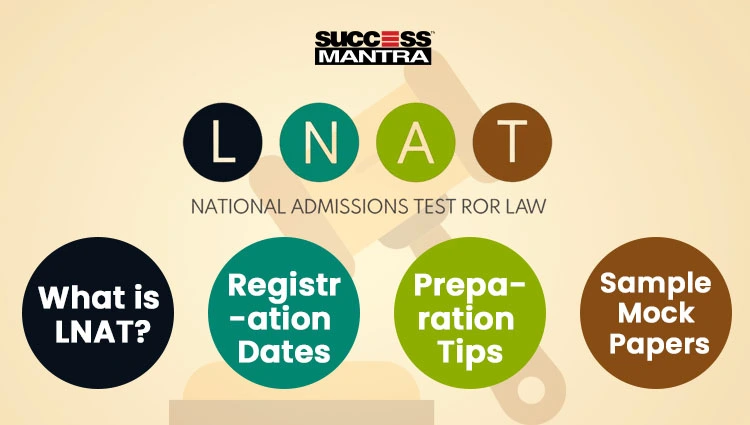Questions On Quantitative Techniques SMQTQ027
Each set of questions in this section is based on a single passage, graph or other representation. Please answer each question by deriving information from such passage, graph, or other representation, or applying mathematical operations on such information as required by the question.
Directions (Qs. 1.1-1.4): Answer the questions based on the following information which gives data about certain coffee producers in India.
|
|
Production (‘000 tonnes) |
Capacity Utilisation (%) |
Sales (‘000 tonnes) |
Total sales value (in Rs. crores) |
|
Brooke Bond |
2.97 |
76.50 |
2.55 |
31.15 |
|
Nestle |
2.48 |
71.20 |
2.03 |
26.75 |
|
Lipton |
1.64 |
64.80 |
1.26 |
15.25 |
|
MAC |
1.54 |
59.35 |
1.47 |
17.45 |
|
Total |
|
|
|
|
|
(including others) |
11.60 |
61.30 |
10.67 |
132.80 |
1.1. What is the maximum production capacity (in ‘000 tonnes) of Lipton for coffee?
(a) 2.53
(b) 2.85
(c) 2.24
(d) 2.07
1.2. Which company out of the four companies mentioned above has the maximum utilized capacity (in ‘000 tonnes)?
(a) Lipton
(b) Nestle
(c) Brooke Bond
(d) MAC
1.3. What is the approximate total production capacity (in ‘000 tonnes) for coffee in India?
(a) 18
(b) 20
(c) Data insufficient
1.4. What per cent of the total market share (by sales value) is controlled by ‘others’?
(a) 60%
(b) 32%
(c) 67%
(d) Data insufficient
Solutions for Qs. 1.1-1.4.
1.1. (a)
Production capacity for Lipton is 64.80% for 1.64 thousand tonnes.
Since, maximum capacity is 100%, hence, for 100% it would be
= × 1.64
= 2.53 thousand tonnes.
1.2. (d)
Unutilised capacity for Brooke Bond
= = 0.912 for Nestle = 1.003,
for Lipton = 0.89, for MAC, it is 1.05.
Hence, it is maximum for MAC.
1.3. (c)
Capacity utilization for coffee is 61.30 for 11.60 (‘000 tonnes)
Hence, for 100% it is = ×11.6 = 18.7 (‘000 tonnes)
1.4. (b)
Sales of coffee (others)
= 132.80 – (31.15 + 26.75 + 15.25 + 17.45) = 42.2
Hence, required percent
= × 100 = 32% approx.














